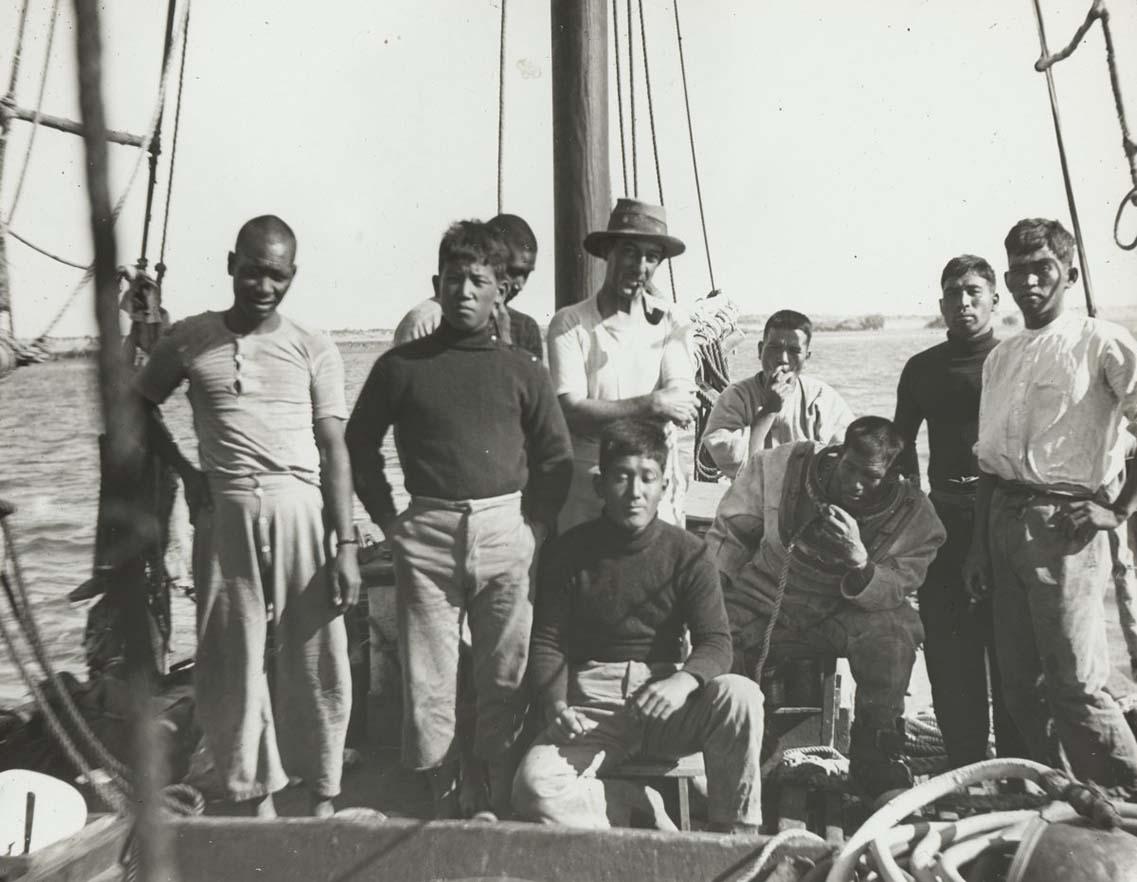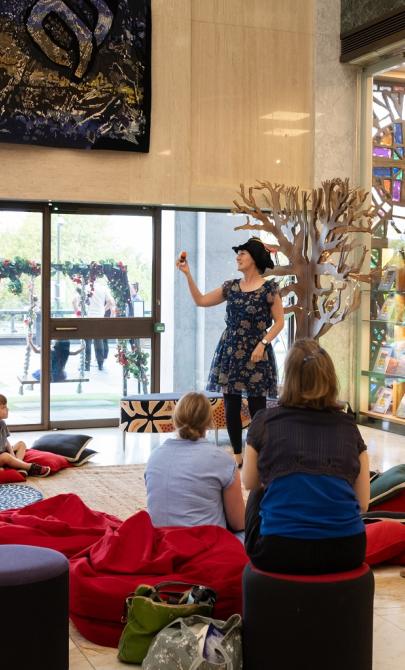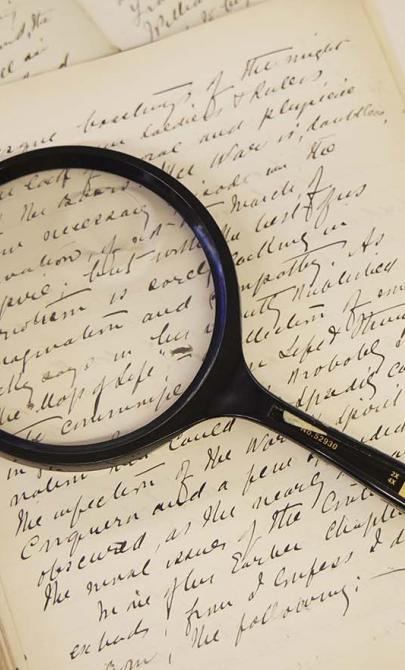Japanese
Japanese migration and community
Japanese migrants first arrived in Australia in the late 1800s. Many worked in industries such as diving and sugar cane farming, while others took on service roles. Some came through indentured labour schemes.
The White Australia Policy initially limited Japanese immigration. During World War II, Japanese nationals in Australia were interned, and most were deported after the war. Only 74 Japanese nationals and their children were allowed to remain after internment ended.
Since the policy’s end in 1973, the Japanese-born population in Australia has steadily increased. Between 2012 and 2016, nearly 25 per cent of the Japanese-born community arrived. Today, Japanese restaurants, supermarkets, societies and clubs help foster community life, and capital cities host festivals celebrating Japanese culture.
Japanese is the most widely studied foreign language in Australia. According to the Australian Embassy in Tokyo, more than 400,000 students study Japanese across all education levels. Japanese-language newspapers in Australia offer insights into the community and culture. The Japan Times Australian Edition, printed in English, is available online and can be translated into Japanese for readers who prefer that language.

John Flynn, Japanese pearl divers, with Victor Kepert aboard a pearl lugger, Broome, Western Australia, 1914, nla.gov.au/nla.obj-142355485
John Flynn, Japanese pearl divers, with Victor Kepert aboard a pearl lugger, Broome, Western Australia, 1914, nla.gov.au/nla.obj-142355485
Newspaper resources

Japanese Perth times, 2018, nla.gov.au/nla.news-title1386
Japanese Perth times, 2018, nla.gov.au/nla.news-title1386
Learning activities
Activity 1: Write a mystery article
Have students write a newspaper article about a mystery—real or imagined. This activity encourages students to:
- consider the writing style and tone
- demonstrate a range of grammatical and stylistic techniques
- tailor their writing for a specific audience and purpose
Activity 2: News from the homeland
Hold a class discussion on how the delivery of information from a country of origin might influence the content and tone of newspapers written in that language. Consider:
- political or media influences
- cultural values and narrative styles
- the impact of distance and diaspora
Activity 3: Explore multilingual newspaper content
Ask students to explore the articles and content of the newspaper resources linked earlier in the module. Encourage them to:
- identify key themes or recurring topics
- reflect on how language and culture shape the way news is reported



